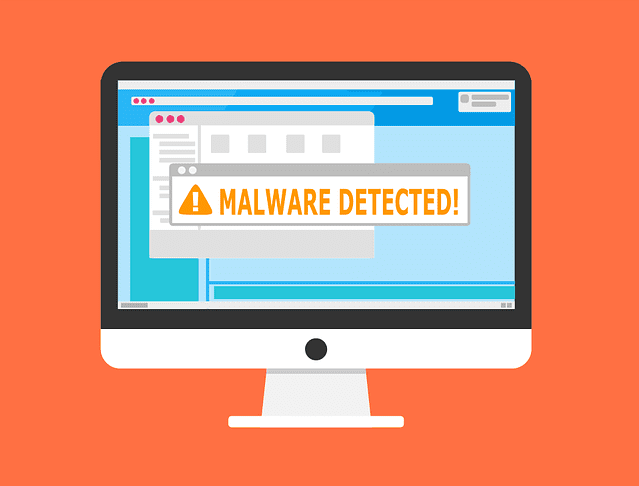The world has gone digital. We see it everywhere people shop for goods and services. Cash, check, or debit used to be the norm. Now, there are payment wallets that people expect businesses to accept. They include things like Apple Pay, Google Pay, PayPal and more.
Small businesses need to keep pace with these new methods of payment. It’s essential to adapt to stay competitive. You can easily lose business if people can’t pay the way they like.
As a trusted managed IT service provider, we’re here to help. Many of our clients are navigating this shift to cashless wallets. We’ll help you find solutions to ensure your business thrives in the cashless era.
Why Go Cashless?
It’s not just about convenience; it’s about meeting customer expectations. People want fast, easy, and secure payment options. The pandemic accelerated this trend. Now, consumers expect businesses to offer digital payments in several forms.
Here’s why going cashless is crucial:
- Customer convenience: Offer your customers the payment methods they prefer. People want to tap and go with their favorite digital wallet.
- Faster transactions: Reduce wait times and improve the shopping experience. You can reduce long lines. This helps you attract more customers.
- Enhanced security: Cut the risks associated with handling cash. Employee theft can be mitigated. There is also less cash handling at the end of the shift. This leads to a safer environment.
Forty-six percent of US respondents have used a form of contactless payment in the last 7 days. That number is 80% for the UK and 69% for Australia.
Benefits of Cashless Payments
Going cashless isn’t just about adapting; it offers real advantages. These advantages can mean more business for you. This factor helps pay for any expense to set up cashless systems.
- Improved Customer Experience: Make it easier for your customers to pay. They’ll come back for more. You stand out to them as flexible. You also make their life easier if they can pay how they like.
- Fewer Cashiers Needed: Moving lines faster can mean you need fewer checkouts. You can reduce staffing demands by embracing self-check-out as well.
- Open New Payment Avenues: Open up app purchasing capabilities. Customers can pay before they even walk in the door. You reduce the burden on your team. When things are handled digitally, you lower needed administrative tasks.
Key Steps to Go Cashless
Ready to make the switch to a more cashless business? Want to embrace new forms of digital payments? Here’s a step-by-step guide to help you get started.
Step 1: Choose the Right Payment Solutions
Select payment methods that align with your customers’ preferences. Do your research by sending customers a survey. Start with the three most popular methods. You can then branch out from there.
Make sure to check transaction fees. You want to keep those in mind as you add new payment options. You may need to upcharge for a certain payment service. Or you may find a wallet is cheaper for you to take than a traditional card.
Step 2: Educate Your Customers
Let customers know about your new cashless options. Offer incentives to encourage adoption. Get the word out over social media and through any mailing lists you have. Do this regularly and often. People’s attention spans are short these days.
Keep a payment options post in your social media rotation. Also, include acceptable payment options on invoices. You may attract new business as word spreads among friends and family.
Step 3: Strengthen Security Measures
Protect your business and customers from fraud with robust security measures. Make sure your point-of-sale devices are on a secure network. Use strong passwords and MFA to protect system logins.
Step 4: Watch Transactions and Customer Trends
A nice thing about cashless systems is that they generate helpful data. Analyze data to optimize your payment processes and identify opportunities. You can gain detailed insights into things like:
- What payment methods are most popular
- The services and products make you the most money
- The most popular times of day for customer traffic
Step 5. Plan for the Future
Stay updated on payment trends and be prepared to adapt as needed. Add new ones that seem to be picking up steam. Continue to survey customers on their favorite payment options. You can often get your best ideas from customer feedback.
Need Some Help Embracing Digital Payment Systems?
The cashless revolution is here. It’s time for small businesses to embrace it. By adopting digital payments, you can enhance your customer experience as well as improve efficiency and reduce costs.
As your trusted IT partner, we’re here to support you every step of the way. Let’s make the transition to cashless payments a seamless one for your business.
Reach out by phone or email to schedule a chat today.
—
This Article has been Republished with Permission from The Technology Press.





